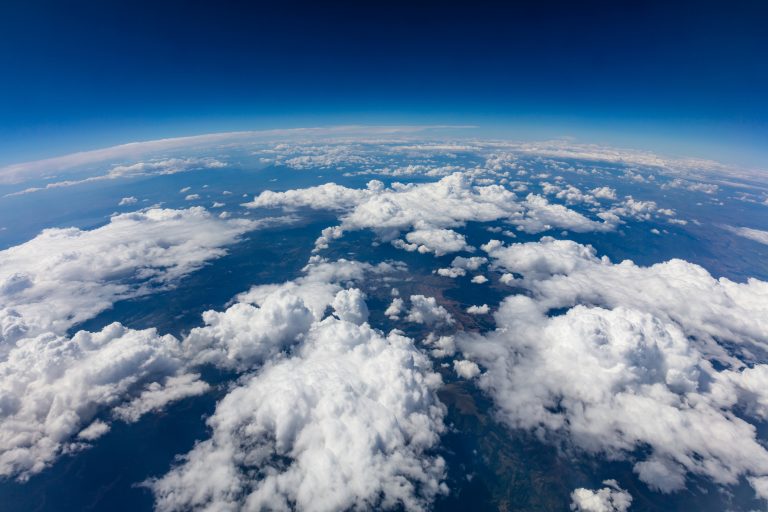Around the World in 80 Case Studies

Often we know the best examples and new projects on our doorstep, but what is happening in the rest of the world? Are they too striving towards a net-zero carbon, circular economy, built environment? This series of webinars explores some exemplars that have captured our attention around the globe that we can learn from to accelerate our own progress – and importantly to encourage us all to strive for faster and better innovation – and you can find all the case studies housed here for you to peruse if you missed the boat, or to refer back to if you joined us on the journey.
As we embarked on this journey in the year that COP26 was being hosted in the UK, the theme for our journey is around the Conference of Parties, and those people and nations having an impact in this space.
So, we begin our journey in Paris. Host to the pivotal COP21 where world leaders committed to restricting emissions to 1.5 degrees Celsius above pre-industrial levels. Click on the link below to see the 10 case studies from Paris, ranging from re-purposed basement car parks to roof-top farms, social housing to the green future of the Champs Elysee.
From Paris we cross the Atlantic to the Central American nation of Costa Rica, home to one of the key figures in negotiating the Paris Agreement, Christiana Figueres. Long renowned for having got rid of their army following their civil war, and allocating the spending instead to health and education, Costa Rica is also now the poster child for recovering biodiversity. Have a look at the 10 case studies from across Costa Rica via the link below.
But Costa Rica is not the only nation in the region forging forward. We couldn’t help adding in these inspiring examples from Mexico, Columbia and Brazil as a small bonus edition:
Continuing our journey we cross into the Pacific Ocean and sail westwards passing the Galapagos Islands where Darwin sailed on the Beagle and came up with his theory of evolution, passing through French Polynesia with 118 atolls spread over 2,000km and on to Kiribati, one of the poorest nations in the world, very vulnerable to climate change and one of the ‘Alliance of Small Island States’ campaigning for equity in combatting climate change, eventually reaching Shanghai on the east coast of mainland China.
China is the world’s largest emitter of greenhouse gases but also the nation transitioning most quickly to becoming a leader in implementing sustainable technologies. Here we explore Sponge Cities transforming their waterways to mitigate the impacts of climate change and population growth, cities with fully electrified bus networks, 10-storey buildings built in a day, along with more ‘conventional’ BREEAM certified commercial buildings.
Our journey continues in January to stop in Australia, a nation whose government is reluctant to let go of the wealth generated from it’s resource extraction industries (most notably coal) but whose property sector is nevertheless throwing up exceptional examples of sustainable design and building.
Related
Bitesize Learning

Sustainability Standards in New Homes

Paradise 11

Urban Heat Island Web Map

